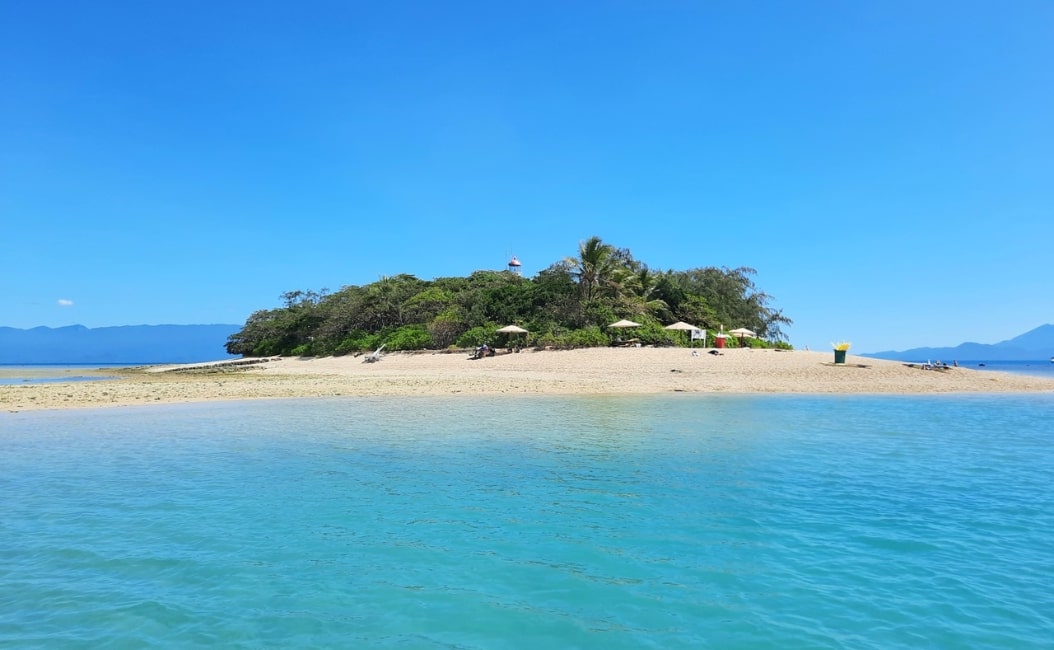
Words by Jamie Jansen
Photography by Renae Musson
Nestled just 15 kilometres off the coast of Port Douglas, Low Isles have long enchanted visitors with stunning snorkelling opportunities, sun-kissed sands and the sight of playful turtles elegantly gliding through crystal-clear waters. But these two charming islands offer much more than unforgettable marine experiences and stunning scenery. They are rich in ecological importance, research history and cultural heritage. Are you ready to strap on your snorkel gear and dive into the fascinating backstory of Low Isles?
For those yet to explore this magical paradise, let’s begin with an introduction.
Low Isles hold significant value for the Eastern Kuku Yalanji and Yirrganydji Peoples, who know these islands as Wungkun. Recognised as a Commonwealth Heritage site, the indigenous communities have relied on its marine resources for thousands of years and view it as intertwined with their Dreamings, serving as a vital storytelling place and a foundation of their spiritual connection to the land and sea.
When noted by Captain Cook in 1770, Low Isles was described as a “small low island”, and it was officially named Low Isles in 1819.
The site consists of two small coral cay islands, which are surrounded by 55 acres of vibrant reef. The smaller coral cay is known as Low Island, while the larger, Woody Island, is blanketed in a mangrove forest and serves as a crucial bird nesting site and habitat for various species.
This unique destination is a rare blend of coral cay and mangrove habitats, fostering a rich diversity of flora and fauna. The tranquil lagoon not only enhances this beauty but also provides an ideal refuge and feeding ground for a thriving population of turtles.

